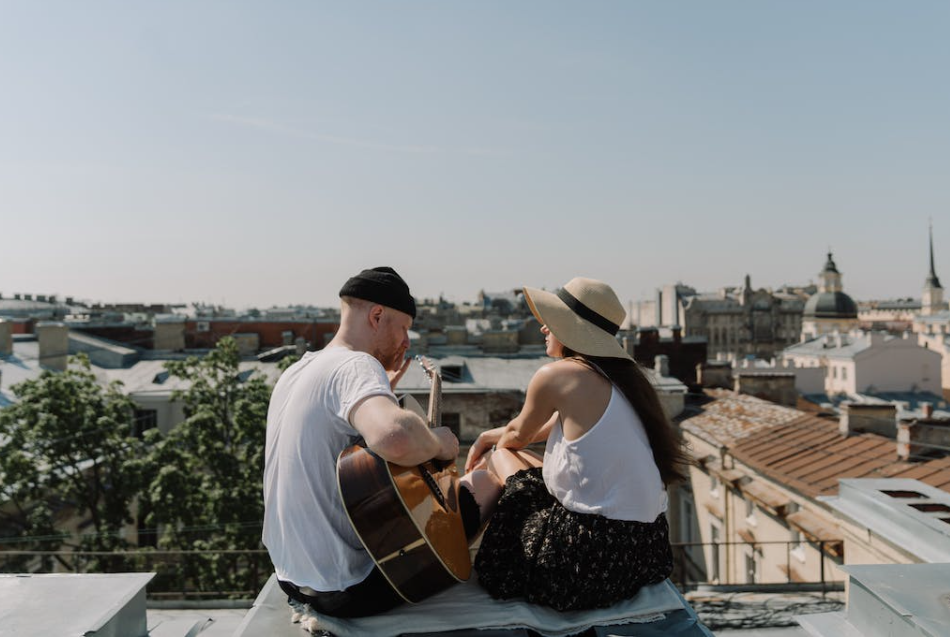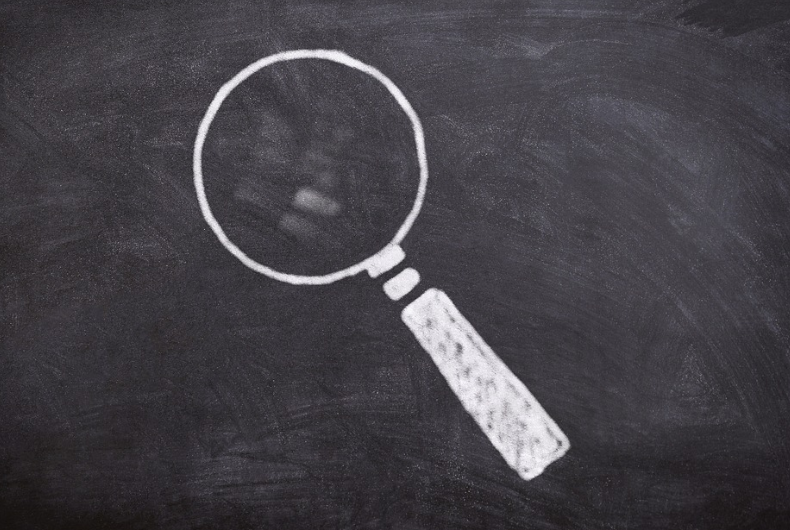Visualization to Reduce Anxiety
Learn how visualization can help you deal with anxiety and stress.

Selfpause Affirmation App
Download the app to get 1,000’s of affirmation meditations and everything you need to write, record and listen to your own.
Visualization can be an effective way to deal with anxiety and stress. It helps you to clear your mind and relax. It also helps you focus. The technique is best practiced in a peaceful location. Once you’ve found the right location, you’re ready to begin practicing visualization when anxiety levels are low.
There are many benefits of visualization. For instance, it can help you stop worrying about situations that aren’t really threatening. Visualizing a white sandy beach can help calm your nervous system. Another helpful technique is to picture glowing blue light. If you can’t find a white sandy beach, try picturing a blue sky.
Visualization can help you solve problems by allowing you to see what you want instead of worrying. Visualization exercises help you control your racing thoughts and relax your body. Anxiety is a distraction, so when you have a stressful situation, it will be difficult for you to think clearly.
While visualization is not a true cure-all for anxiety, it can be an effective relaxation technique. If you practice visualization when your anxiety levels are low, you’ll have fewer anxiety attacks when you are stressed out. Besides helping you relax and rest, it can also make your day-to-day activities more enjoyable.
To practice visualization when anxiety levels are low, you should sit in a calm location. You should create a blank canvas where you can picture how your life will be once the stressful situation is over. It’s essential to make the mental picture as vivid as possible so that you can see every detail. Visualize the environment, the people, and the tangible things.
Set up a safe and relaxing space

A safe space in your home can help you deal with stress and anxiety in a healthy way. It should be a place you can retreat to, preferably without distractions or stimuli. The safe space should have a strong association with calm and relaxation and not be used for work or other activities. Aesthetics also have a therapeutic effect, so make sure to decorate it accordingly. You can also make your safe space your own, as it can express your personality and tap into your brain’s favorite relaxation triggers.
Aromatherapy is another great way to help you reduce anxiety and improve your mood. Essential oils have been proven to promote relaxation and reduce stress. Buying an oil diffuser is an inexpensive way to introduce essential oils into your environment. You can also use scented candles to provide an uplifting and relaxing environment.
Another effective way to relax is to play relaxing music. Listen to music that makes you feel calm, such as classical music, nature recordings, or wind chimes. The music can help you imagine a place that is safe and relaxing. It will help you visualize the area more quickly.
Having a safe space is extremely important for your mental health. It allows you to relax and express yourself without fear of judgment. If you are constantly on guard and constantly avoiding certain situations, you will not be able to achieve your full potential. As such, it is essential to create a space where you feel relaxed, safe, and confident.
Use guided imagery

If you’ve ever been stressed or nervous, you may want to try using guided imagery. It’s a safe technique with no known side effects and is best done with the assistance of a trained professional. If you’re not sure how to begin, here are a few tips: Make sure you’re comfortable in your environment and start by taking deep, slow breaths.
Practice a few minutes daily, even if it’s just for a few minutes. Guided imagery is a mindfulness exercise that can help you counteract negative thoughts. It can be done while performing yoga, progressive muscle relaxation, or listening to an audio recording. Several people find that they can use guided imagery to reduce anxiety, as it can help them relax and focus on the task at hand.
If you’re undergoing surgery, for example, guided imagery may help reduce your stress level and improve your sleep quality. It can also be helpful for older adults and people in progressive care. Some studies have shown that guided imagery is useful for reducing pain, and can be combined with massage to decrease anxiety and heart rate.
Guided imagery uses imagination to focus on a specific place or activity. It works by calming the body’s sympathetic nervous system, allowing the brain to relax. The more specific the imagery, the better. The goal of guided imagery is to create an image of a place that’s peaceful, tranquil, and free from stress and anxiety.
Guided imagery can also help you cope with social anxiety. It involves visualization techniques, such as using mental images of a calm beach. In addition, it allows you to experience positive outcomes in different situations. In this way, it helps you experience the best possible outcome before entering a situation. This technique is also useful for performers, as it allows them to experience their performance without feeling anxious or nervous.
Create a vision board

A vision board can be a great way to reduce anxiety and inspire big dreams. The process of creating one is simple and doesn’t take much time. All you need is a cork board, poster board, or pin board and a pair of scissors. You can also include pictures, quotes, or other embellishments.
Visualization is a proven method for improving motivation, confidence, and motor performance. It’s been found to be almost as effective as physical training in sports. And, it’s fun to do! It’s an arts and crafts project that can help you envision the things you want.
Creating a vision board is a great way to get more specific about your goals. The more specific they are, the easier it will be to achieve them. You should also consider putting your vision board in an area where family and friends can see it. This will give you the extra motivation to keep working on your goal.
Once you have a vision board, you can choose images that represent the things you want. For example, if you want to get into college, you might choose images of graduating from college. Another option is to add movie tickets or magazine clippings. Whatever you choose, make sure you put the vision board in an easily accessible place where you’ll see it every day.
If you’re searching for love, you should look for images of couples in love. Similarly, if you’re searching for inner peace, you should look for calming images of nature. You might also want to add a quote that says “find peace in nature” or something that symbolizes your inner peace. Whatever you decide to add to your vision board, remember to have fun!
Our Top FAQ's
Some specific visualization exercises that may be effective in reducing anxiety include:
- Creating a mental image of a calming or peaceful place, such as a beach or a forest, and focusing on the sights, sounds, and feelings associated with this place.
- Visualizing a positive outcome for a current or future situation that is causing anxiety.
- Using visualization to practice relaxation techniques, such as deep breathing or progressive muscle relaxation.
- Visualizing oneself coping effectively with a situation that has previously caused anxiety.
Visualization works to reduce anxiety by engaging the imagination and the senses, which can help to shift the focus away from negative thoughts and emotions and towards positive ones. It can also stimulate the production of certain chemicals in the brain, such as endorphins, which can have a calming effect.
Visualization can be used in conjunction with other anxiety-reducing strategies, such as therapy or medication, as part of a comprehensive treatment plan. It can also be used as a standalone technique for managing anxiety.
To determine if visualization is an effective technique for reducing their own anxiety, individuals can try incorporating visualization into their daily routine and pay attention to any changes in their anxiety levels. If they find that visualization helps to reduce their anxiety, they can continue to use it as part of their self-care routine. It may also be helpful to work with a therapist or other mental health professional who can provide guidance and support in using visualization to reduce anxiety.
